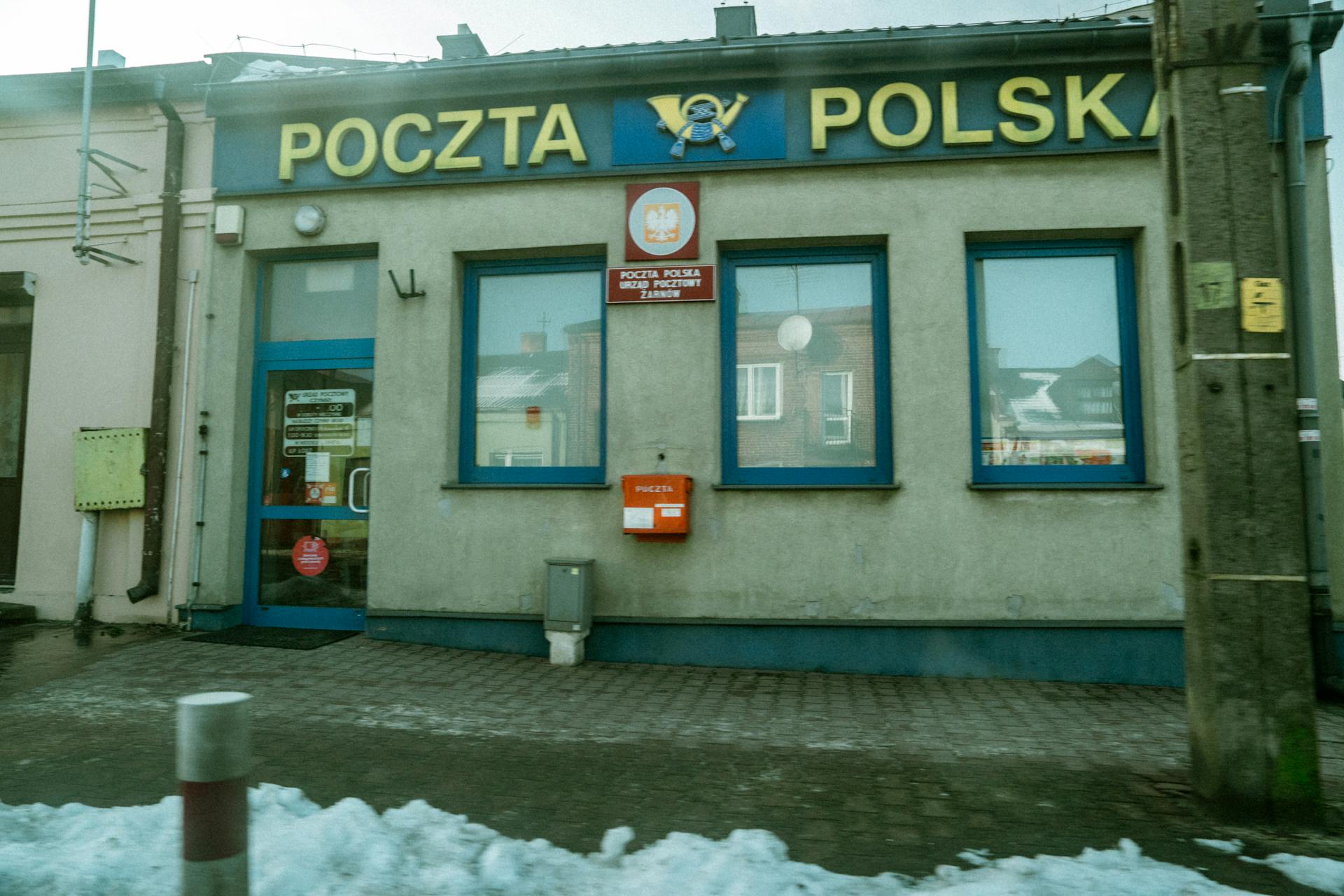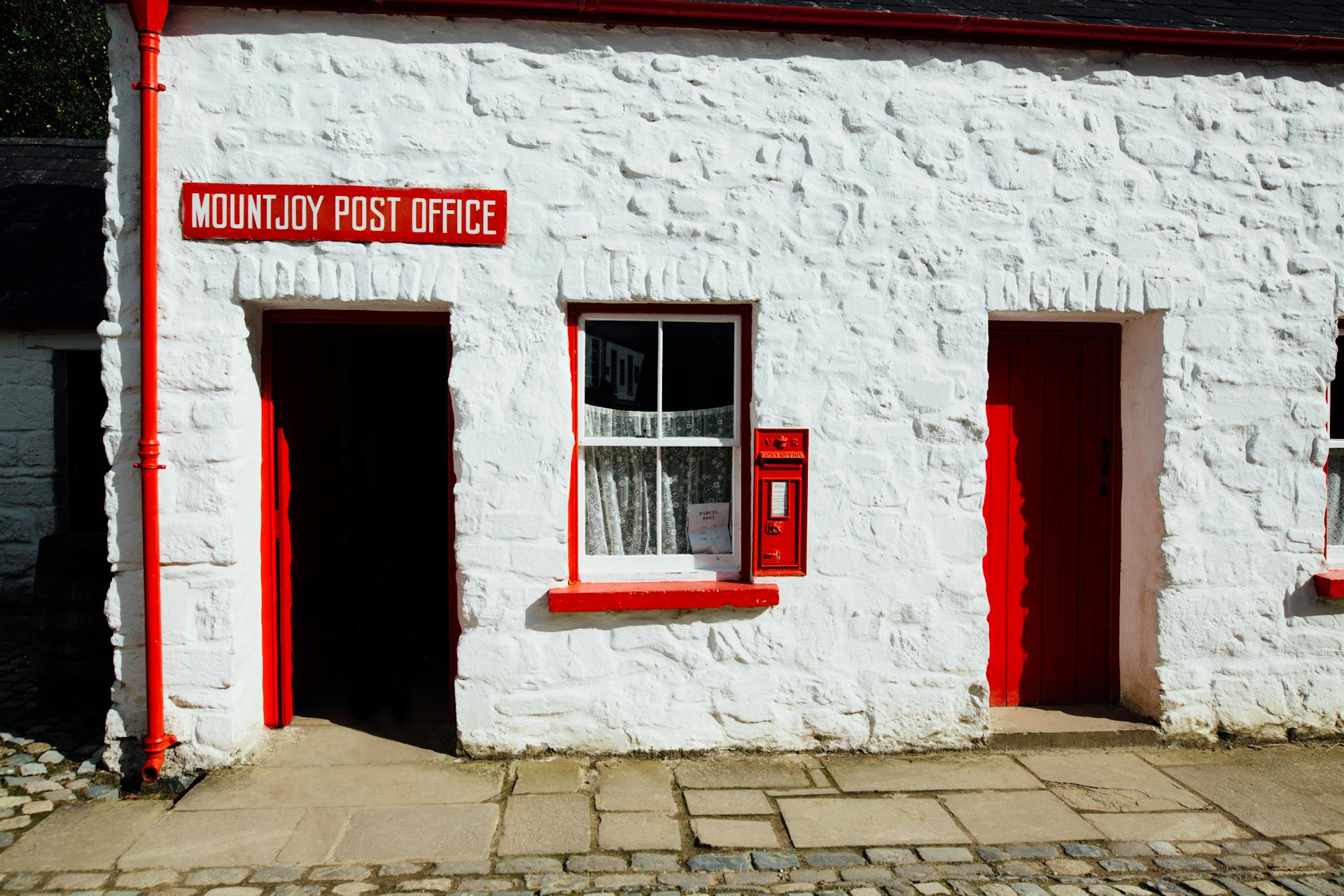
Pošta Srbije has a long history of providing essential services to the people of Serbia, dating back to 1882. The company has undergone significant development over the years, with a strong focus on innovation and customer satisfaction.
In 2015, Pošta Srbije launched a new strategy aimed at improving its services and increasing its competitiveness in the market. This move was a response to the changing needs of customers and the growing demand for digital services.
Today, Pošta Srbije offers a wide range of services, including postal services, financial services, and e-commerce solutions. The company has a strong presence in the Serbian market, with over 1,000 post offices and a network of agents across the country.
Pošta Srbije's commitment to innovation is evident in its use of technology to improve its services. The company has implemented a range of digital solutions, including online services and mobile apps, to make it easier for customers to access its services.
History of Pošta Srbije
Pošta Srbije has a rich history that spans over a century. The first postal service in Serbia was established in 1840, with the first public post office opening in Belgrade in 1840.
The first postal law in Serbia was passed in 1843, establishing the organization and rules for the postal service. This law also introduced the use of uniforms and the first postal boxes. By 1855, Serbia had introduced telegraph services, with the first telegraph lines connecting Belgrade to Zemun and Aleksinac.
Here are some key milestones in the development of Pošta Srbije:
- 1866: The first postal stamps were issued, featuring the Serbian coat of arms and the image of Prince Mihail.
- 1866: Srbija became a member of the International Telegraph Union, gaining independence from Austrian and Turkish influence in postal affairs.
- 1874: Srbija became one of the founding members of the Universal Postal Union (UPU) in Bern.
By the early 20th century, Pošta Srbije had expanded to include a range of services, including radio-telegraph stations and telegraph lines. The first radio-telegraph station was established in 1919, and the first radio broadcast was made in 1924.
Razvoj Pošte Posle Prvog Svetskog Rata
After World War I, a well-developed postal network was established in the newly formed Kingdom of Serbs, Croats, and Slovenes. This network consisted of state, contractual, auxiliary, ambulant, and local post offices, as well as rural mail carriers, postal customs warehouses, and radio-telegraph stations.
Prenos pošte, or postal delivery, was carried out using various transportation methods, including postal buses, trains, cars, bicycles, horses, and even on foot. On the Adriatic coast, three shipping companies and two aviation companies were responsible for transporting mail.
In 1919, a radio-telegraph station was set up on Banjica to facilitate communication between the government in Belgrade and the Yugoslav delegation in Paris. After the peace talks concluded, radio-telegraph communication was established with other countries.
The first radio broadcasting station, "Beograd-Rakovica", was built in 1924 and broadcast programs until 1929. This station allowed the Kingdom of Serbs, Croats, and Slovenes to join the International Union for Broadcasting in 1925.
Here are some key developments in the postal network after World War I:
- 1919: Radio-telegraph station set up on Banjica
- 1924: First radio broadcasting station "Beograd-Rakovica" built
- 1925: Kingdom of Serbs, Croats, and Slovenes joins International Union for Broadcasting
- 1929: Radio broadcasting station "Radio Beograd" starts operating
- 1931: First telefonska centrala (telephone exchange) is built in Kosovska ulica
- 1938: First belinograf (telefotografski aparat) is installed in the Pošta building
Razvoj Pošte U SFRJ
In 1960, a general plan was established to define the postal network, organization of transport, and quality of service in SFRJ.
The plan led to the establishment of a unified postal network, with a focus on efficient transportation and delivery of mail.
By the mid-1960s, the first computer systems were introduced at post offices, revolutionizing the way postal services were managed.
The introduction of these systems marked a significant milestone in the modernization of the postal service.
In the 1970s, the postal network expanded rapidly, with the introduction of advanced shelving systems and digital electronic centers.
This period also saw the launch of a service called "Informacije o pretplatnicima" or "Service 988", which provided information to subscribers.
In 1974, the first Earth satellite station "Jugoslavija I" was launched in Prilike, Ivanjica, enabling automated telephone communication with North America via satellite.
This innovation marked a major breakthrough in telecommunications in SFRJ.
Services
Pošta Srbije offers a wide range of services to cater to various needs.
One of the primary services is poštanske usluge, which allows users to send and receive mail.
You can also take advantage of marketinške usluge for promotional purposes.
Additionally, logističke usluge are available for managing the movement of goods and supplies.
IT usluge are also offered for digital solutions and support.
Filatelija is a service for collectors and enthusiasts who want to buy and sell postage stamps.
You can visit a Post Shop for more information and assistance.
IT Services

Pošta Srbije offers a range of IT services that make it easy to stay connected and productive. KDS – Cable Distribution System – provides transmission of radio and TV signals, broadband Internet access and a number of other interactive services.
Pošta Net is the largest national Internet service provider, making it a great option for those who need reliable and fast internet.
CePP – Center for PTT e-business – is a Multimedia contract centre that provides electronic operations services with a top-notch protection system for transferred information.
Capacities
The capacities of PTT communications "Srbija" are quite impressive, with a large network of post offices and logistical support. They have 1,512 post offices, including 784 that operate in the Post Net System.
Their network is extensive, with a presence in many areas of the country. This is likely due to their 3,646 delivery areas, which help ensure that mail and packages can be delivered efficiently.

In addition to post offices, they also have a large number of counters and automated counters. There are 4,100 counters in total, with over 3,000 of them being automated.
Their sorting and processing capabilities are also noteworthy. They have 3 main Sorting Centres and 17 postal centres, which help to quickly and efficiently sort and distribute mail and packages.
Here's a breakdown of their capacities:
- Post offices: 1,512
- Counters: 4,100 (over 3,000 automated)
- Sorting Centres: 3 main, 17 postal
- Delivery areas: 3,646
Organization
Pošta Srbije has a well-structured organization that allows it to efficiently manage its operations.
The company is divided into several departments, each responsible for a specific aspect of postal services.
The departments include customer service, logistics, and finance, among others.
With a clear organizational structure in place, Pošta Srbije is able to provide timely and reliable services to its customers.
Pošta Srbije has a strong presence in Serbia, with a network of post offices and delivery points across the country.
This extensive network enables the company to reach a large customer base and provide services to even the most remote areas.
Pošta Srbije's organization is designed to be flexible and adaptable, allowing it to respond quickly to changes in the market and customer needs.
Postal Activity
Pošta Srbije offers a range of postal services, including sending and receiving letters and parcels.
Letters are a common service provided by Pošta Srbije, allowing individuals and businesses to send messages to one another.
Parcels are also a key part of Pošta Srbije's postal activity, enabling people to send packages of various sizes and weights.
In addition to these services, Pošta Srbije provides financial services to both private and business customers.
Here are some examples of the financial services offered by Pošta Srbije:
- Financial services for private customers
- Financial services for business customers
Foundations
The foundations of Pošta Srbije were laid in the mid-19th century. Pošte, as a permanent state authority, began to be established in 1840, with the first public Post Office in Belgrade opening in a menzulani in Knez Mihailova Street.
The first law regulating the establishment of a postal organization in the Principality of Serbia was passed on October 27, 1843. This marked the beginning of a formal postal system in Serbia.

In 1855, Serbia introduced telegraph services, with the first telegraph line connecting Belgrade to Zemun and Aleksinac. This was a significant milestone in the development of modern communication in Serbia.
Telegraph services were initially operated using Morzeov telegraph machines, which were simple, reliable, and affordable. These machines were used in Serbia for over a century due to their ease of maintenance and low cost.
Here are some key dates in the development of modern Serbian postal services:
- 1840: First public Post Office opens in Belgrade.
- 1843: First law regulating the establishment of a postal organization is passed.
- 1855: Telegraph services are introduced in Serbia.
Srbija (Serbia) became the 23rd country in the world to issue a postage stamp and one of the founding members of the World Postal Union (Svetski poštanski savez) in 1874.
Sources
- https://sr.wikipedia.org/wiki/Po%C5%A1ta_Srbije
- https://en.wikipedia.org/wiki/Po%C5%A1ta_Srbije
- https://www.telegraf.rs/teme/posta-srbije
- https://studiob.rs/u-cetvrtak-na-salterima-poste-srbije-pocinje-prijava-za-vaucere-za-odmor-u-srbiji/
- https://www.ozon.rs/vesti/2025/sve-na-jednom-mestu-uskrsnji-praznici-donose-izmene-u-radu-prodavnica-posta-pijaca-i-javnih-sluzbi/
Featured Images: pexels.com


